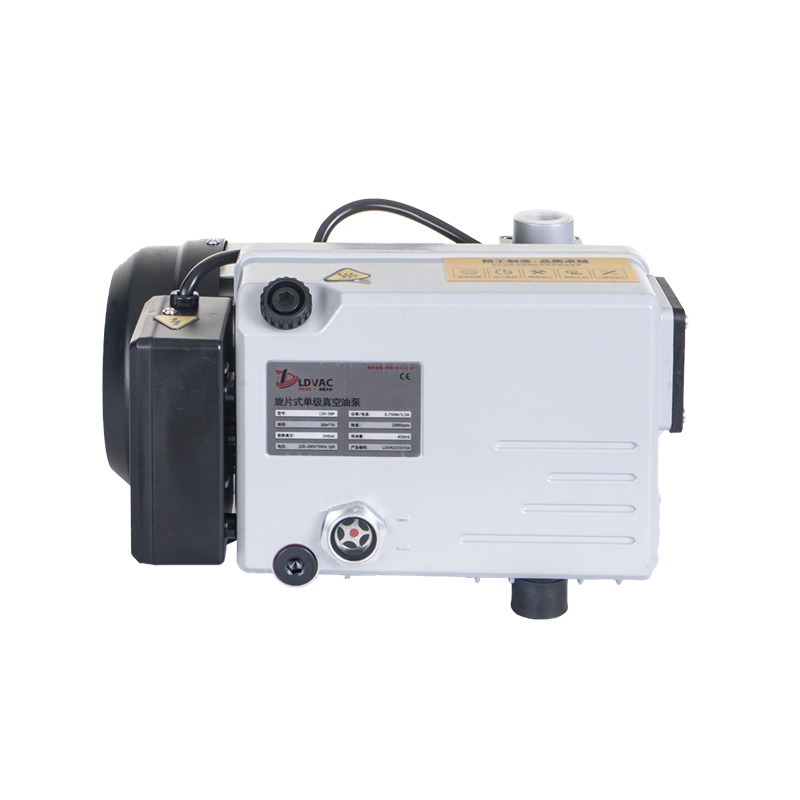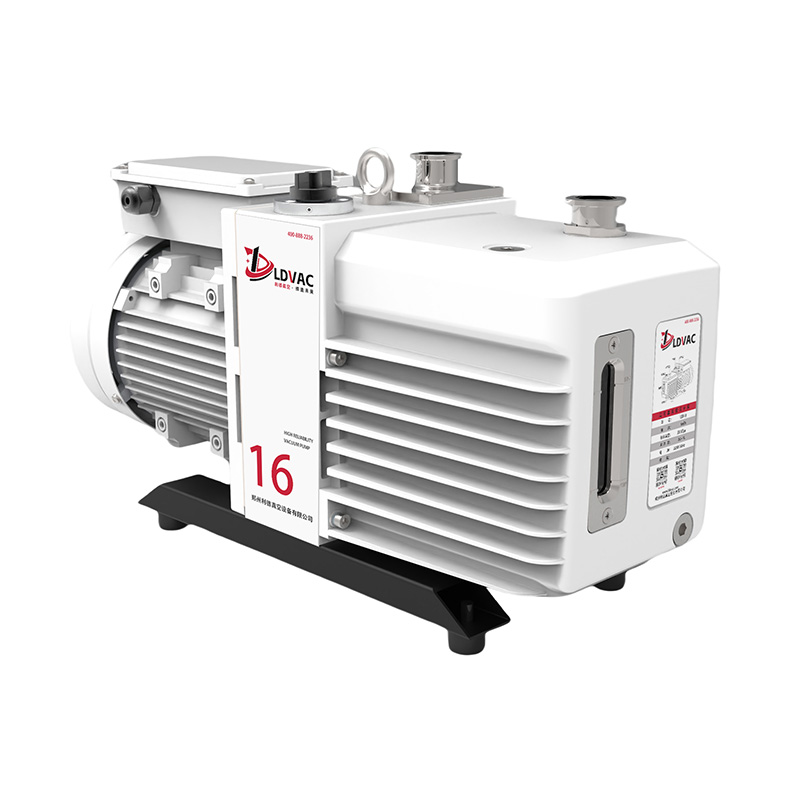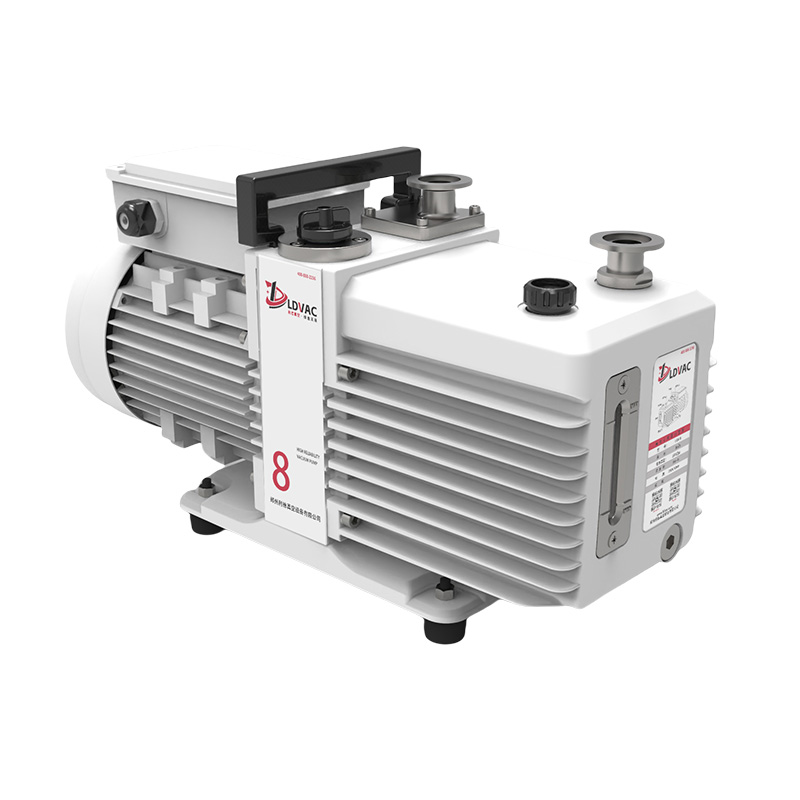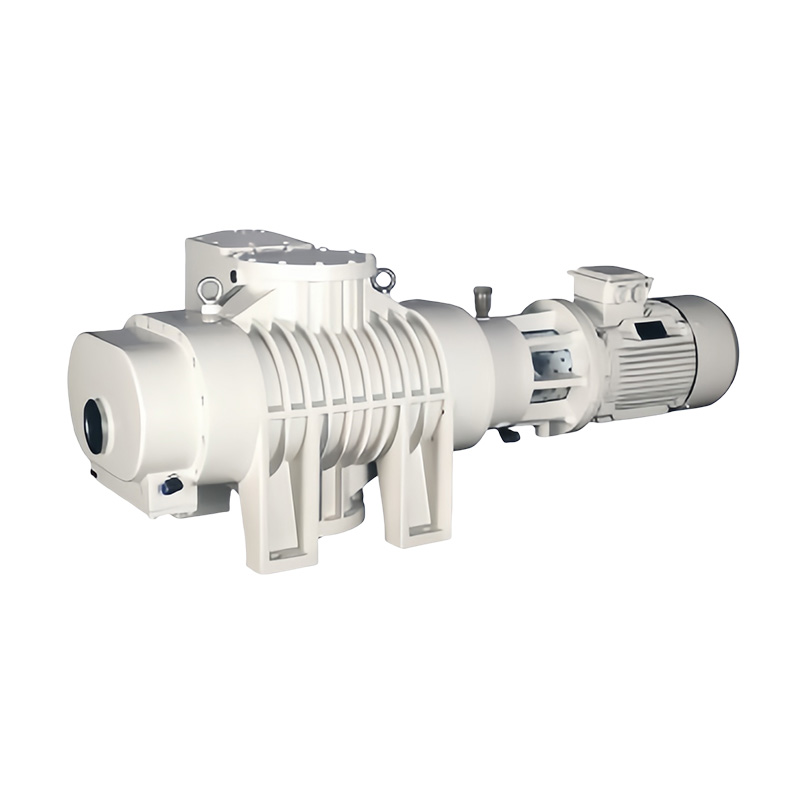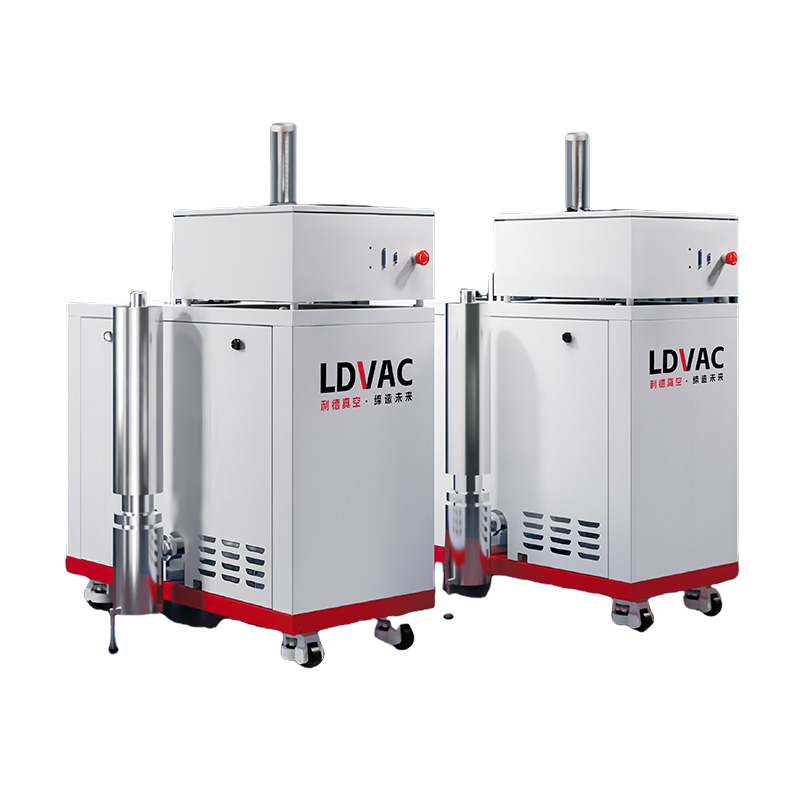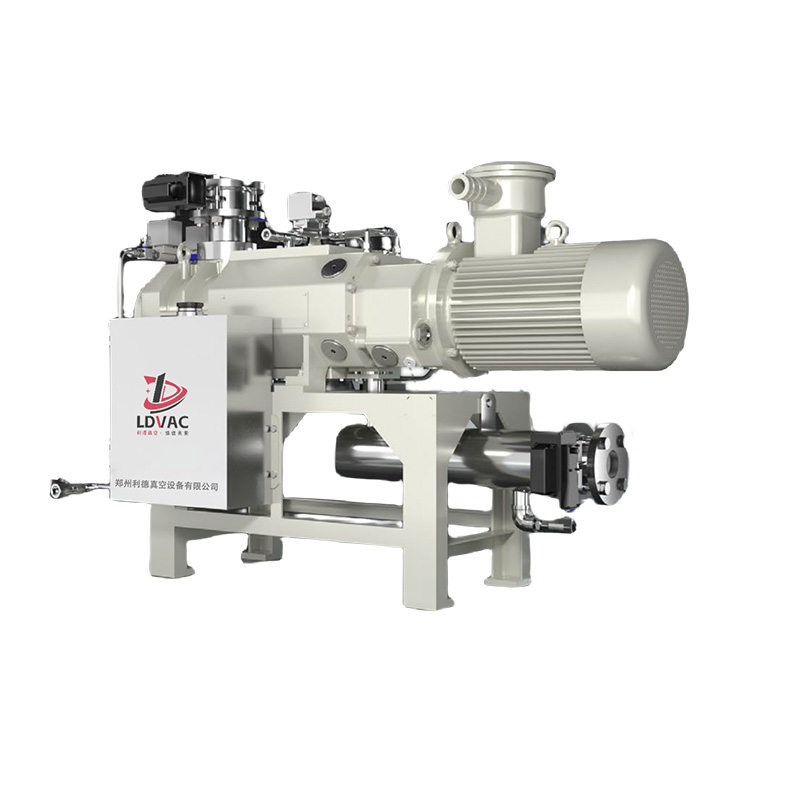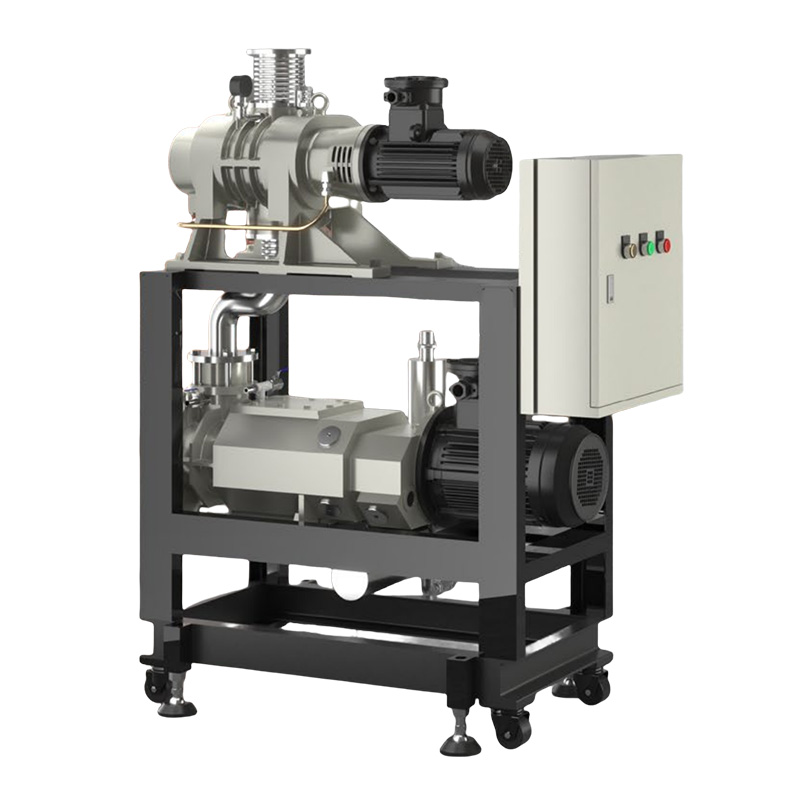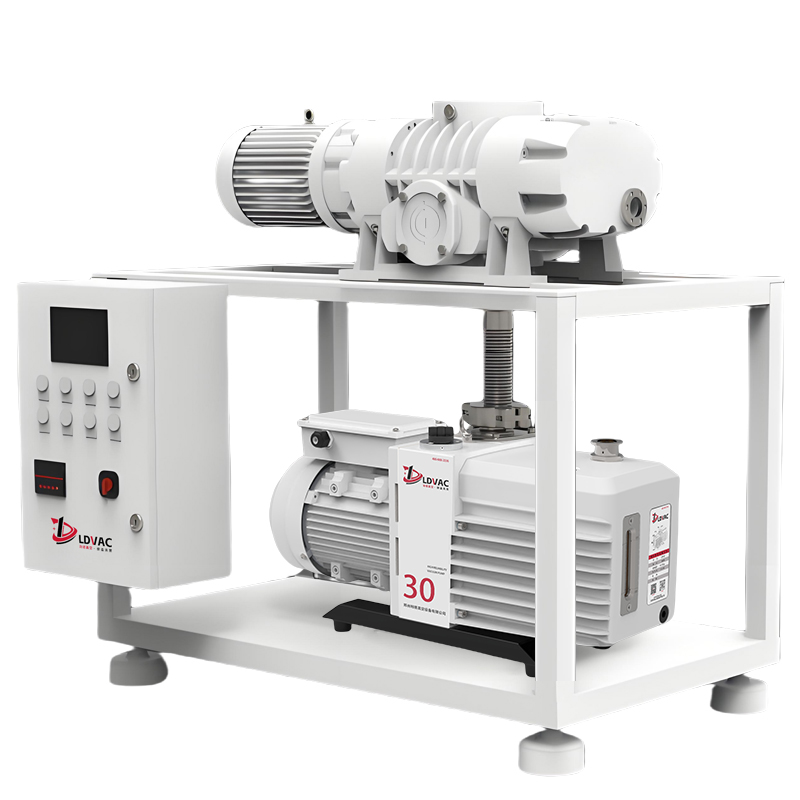Service Support

Service hotline:
400-888-2236
ABOUT US
15 years of experience in the vacuum industry, with a professional R&D and production team!
We are committed to providing customers with high-quality and highly reliable vacuum technology solutions!
Zhengzhou Lide Vacuum Equipment is a professional vacuum equipment supplier that integrates research and development, manufacturing, sales, and service, providing various series of vacuum products and professional vacuum system solutions for China's vacuum application field
The company's main products include single-stage and two-stage oil sealed rotary vane vacuum pumps, belt type rotary vane pumps, dry screw vacuum pumps, Roots vacuum pumps, and vacuum unit system solutions. The company has complete inspection and monitoring equipment, material tensile physics laboratory, vacuum testing room, dynamic balancing laboratory, three-dimensional coordinate and other high-end equipment
Since entering the market, we have always provided customized, efficient, stable, safe and reliable vacuum solutions and vacuum pump products to our customers in the fields of electronics, semiconductor industry, pharmaceutical industry, laboratory equipment, coating, solar energy, petrochemicals and other industries. At present, Lide brand vacuum pumps have established and improved their product sales network, and have set up dealer service networks in multiple regions, exporting their products to multiple countries.
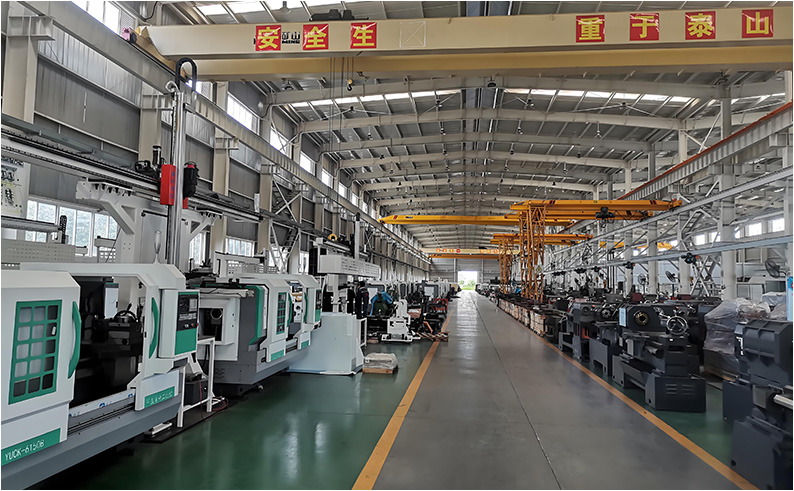
Definition of LOGO
The enterprise logo is designed with a combination of Chinese and English names, using the letters "L" and "D" as the main styling basis, and abstracting them for design. The overall logo is represented by the letter D from a global perspective; From a top-down perspective, it can be divided into the combination of L and D, forming a posture of 'you in me, I in you'. In addition, the top and bottom combination of the logo is embedded with a star, which also implies that your company will become a shining star in the industry in the future
The lines of the logo are elegant and smooth, with a high sense of beauty. The color scheme used is also deep black and warm red, both of which are intended to showcase the excellent corporate quality of the company, which is generous, passionate, and skilled in deep cultivation and research!
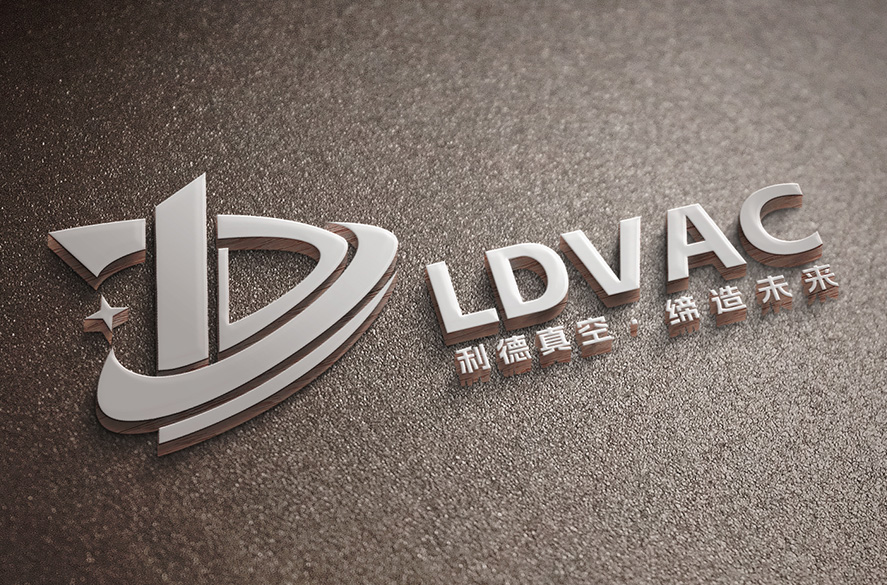
Development History
The earliest acquisition and application of vacuum can be traced back to the 6th century BC, when China's ironmaking technology had already made considerable progress. In order to melt iron, blast equipment was installed on the ironmaking furnace. The initial use of skin bag blower and bellows blower was called "Shan". The function of the bellows includes negative pressure suction and pressurized exhaust. The working principle is basically the same as that of the current reciprocating piston vacuum pump. This type of bellows had already become an important tool for ironmaking by 1367 AD. This is the earliest example of vacuum acquisition and application.
From the primitive water pump, it has developed into dozens of existing mechanical pumps, diffusion pumps, molecular pumps, cryogenic pumps, ion jet pumps, sublimation pumps, and more.
The vacuum acquisition capability has also developed from a few hundred pascals to the current high vacuum and ultra-high vacuum fields. The pumping speed, mechanical performance, and reliability have all been astonishingly improved.
There is a definite record in history that Europeans were the ones who achieved the 'vacuum'. In 1643, Italian Torricelli conducted an atmospheric pressure experiment. He used a slender glass tube with one end closed and a small groove for mercury, first pouring mercury into the open end of the glass tube until the entire tube was filled. Then press down on the opening, invert the glass tube in the mercury tank, and open the pressed opening. At this point, the height of mercury in the glass tube gradually decreases until it is 760mm above the liquid level of the small tank, and then it no longer decreases. Torricelli believed that the gap at the top of the glass tube was a "vacuum". Subsequently, his students Pascal and others moved the experiment to the mountains and found that the mercury column height was below 760mm, proving that atmospheric pressure is related to height.


Corporate values
Customer first - everything starts from the customer's needs, and customer satisfaction is our unremitting pursuit
Service first - respond promptly, 7x24 hour online service, arrive on-site within 48 hours
Quality first - Lide's pursuit of quality is continuous, and creating high-quality products worldwide is our goal!

Enterprise Quality
All colleagues of our company adhere to the business philosophy of "reputation, quality, efficiency, and service", strictly require engineering quality control, implement quality control systems, ensure that every product leaving the factory meets the requirements of engineering quality, and expect to exceed customer expectations and achieve the best engineering quality as the goal.

Corporate philosophy
Lide vacuum creates the future
Putting people first, honest management, innovation, progress, and harmonious development
Establish with sincerity, take with trust
Innovation drives development, quality seeks survival, management promotes efficiency, integrity attracts customers

